I grew up hating yard work. Being raised in a family with three sisters and NO brothers meant that “women’s work” definitely extended outside. I still joke with my parents about having us mow the lawn as 10 year olds — seems insane to me now. Today I love growing veggies and reaping the harvest from our fruit trees; but I declare that gardening and yard work are NOT the same thing.
However, being a homeowner and following certain social mores seem to require than we don’t ‘let the yard go.’ In my experience, having your lawn mowed is akin to vacuuming – even if everything else is a disaster, it seems to make quite an impact. So here’s a few things we’re doing to make our grass a little greener, if you catch my drift.
3 Ways to Greener Grass

Opt for Natural Fertilizer
Years ago I gave up trying to make our lawn look like a multi-billion dollar golf course. The absence of clover or “weeds” basically shows a dependence on chemical ridden fertilizers – something I want to keep far away from my family. Plus, “It takes more than a gallon of diesel fuel to make three pounds of fertilizer,” according to The Green Book (page 76). So we opt instead to let nature takes it’s course with grass clippings…we just let ‘em lie (or is it lay?) Either way, me leave them to do their job. “If home owners ‘grass-cycled’ and reduced their fertilizer use by just 25 percent, it would save 1.3 blillion pounds of chemical fertilizers and more diesel fuel than Amtrak uses in six years.
Push Mowing
For what lawn we have, we opt instead to mow on the highest setting. Obviously the best option for grass is a push mower. Funny tidbit about our family: we actually have a push mower, but if it gets used, I have to do it myself because my husband is NOT a fan — baby steps right?
Water Only When Needed
“Frequent shallow waterings encourage weed germination, and they also cause the grass plants’ roots to grow shallow, leaving the plant more susceptible to drought and certain disease,” according to resources at TLC Home. So water only when the lawn needs it, and for long enough to penetrate the root zone. And water early in the morning when the air is cooler and you have less chance of the moisture evaporating. Check out Collin Dunn’s article for more tips on minimizing water use on your lawn.
Of course, xeriscape or a native garden are your best options for yard choices overall. Considering that “if just one in every one hundred households shoes drought-tolerant species of flowers for the next replanting, nearly 600 million gallons of water could be conserved – enough to provide New york City its residential water supply for an entire day…[which could also save you] up to 550 gallons of water per year” (The Green Book, page 77.)
Enjoy going more green in your yards this summer!
photo via Jordan Whitt
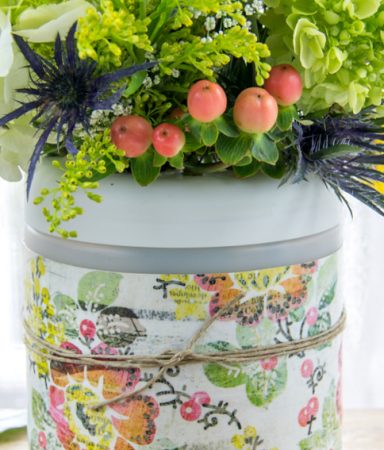
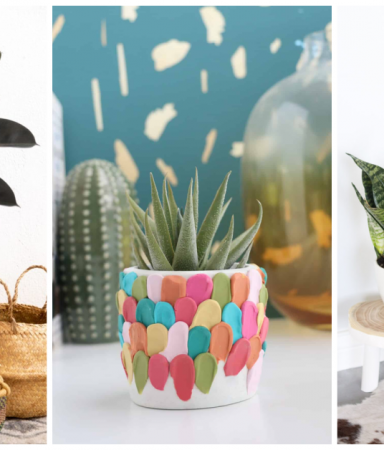
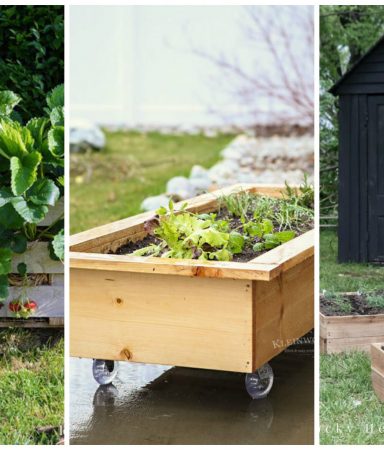
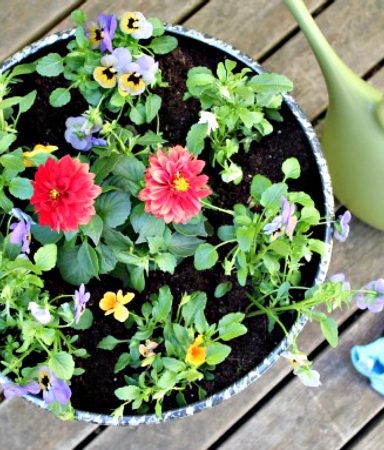



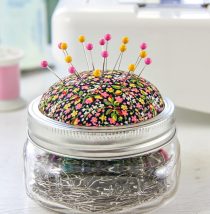
We have grass unfortunately, because our city mandates that the landscape isn’t changed for the first 5 years (in our newly built neighborhood). I have no idea why. It makes no sense. Otherwise, I would to love to have an xeriscape!
We don’t use any pesticides or fertilizer on our grass, but I’m still just not a huge fan of grass. My daughter also has an allergy to it, so even those it’s free of pesticides we don’t play on it.
We have a garden plot and we’re planting summer squash, sugar snap peas, english peas, carrots, onions, cucumbers, broccoli, cauliflower, lettuce, chard, spinach, kale….and the list goes on. Its so exciting! All organic. We also bought organic compost and tilled it into the soil. This is our second year, gardening on these same plot. I love it, there’s nothing quite like getting your hands dirty and working outside in the sun.